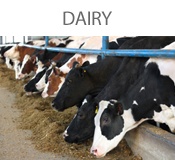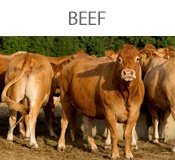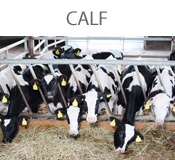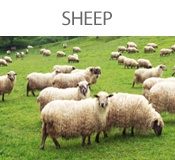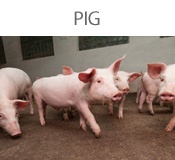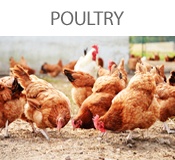Testimonials
ACTISAF PREVENTS ACIDOSIS AT GRASS
When his herd’s milk butterfat levels dropped to 3.3 per cent, County Cork dairy farmer, Kieran Meade, knew he had a problem.
Kieran, who milks 50 Holstein Friesian cross cows on his farm near Killeagh, runs a simple system where cows are grazed from March to mid November, with the whole herd being supplemented with a flat rate of compound feed throughout the grazing season. The indoor diet comprises of maize, beet and grass silage and is supplemented with a compound through the parlour containing Actisaf at 2 kg / tonne from Southern Milling.
“We have traditionally seen problems in the grazing season from April onwards. These were related to the very high quality grass we were grazing, which led to a decrease in butterfat down to an average of 3.3 per cent across the herd. On examining the milk recording sheet we found we had up to 20 per cent of cows with milk fats of less than 3.0 per cent. We were also seeing cows with loose dungs containing gas bubbles and poor rumen fill and were struggling with fertility issues at times, with as many as 30 per cent of cows not getting in calf, which was clearly not acceptable moving forward.”
Back in 2010 Kieran spoke to his nutritionist, who suggested that the symptoms he was seeing were very typical of sub acute rumen acidosis (SARA). He was advised to include Actisaf live yeast in his compound feed, as his nutritionist explained it is a very effective buffer, helping to raise rumen pH thereby normalising rumen function, which in turn maximises feed intake and performance.
“We added Actisaf to our compound feed and the results were amazing,” Kieran explained. “Within three weeks our butterfats had increased to 3.7 per cent and dung had firmed up. I also noticed that the cows just generally seemed to be better — their coats were glossier and they seemed to be healthier. What’s more, our milk yields went up and cows seemed to be bulling more strongly.”
That was four years ago and since then Kieran has always ensured that Actisaf is included in his compound feed. He currently has Actisaf added to Southern Milling’s Grassmate High Fertility nuts. Over time his calving interval has improved and fertility is now much better, with only around 8-12 per cent of cows not in calf — a result that he’s never achieved before. “I am sure that Actisaf has really helped my herd,” Kieran concluded. “We don’t see loose, bubbly dung any more in the spring, or when we are feeding high levels of beet, and cows seem more contented.”
ACTISAF REDUCES ACIDOSIS AND IMPROVES BUTTERFATS
Co. Cork dairy farmer, Michael McGrath, has a longstanding focus on cow performance. Back in 1985 he won the Creamery Milk Supplier of the Year award, and the pedigree Robinview herd continues to go from strength to strength, with current average milk yields of 10,238 litres per year and annual milk solids of 730kg, with an average somatic cell count of 80,000.
The 120-strong herd of pure Holsteins are run on a grazing-based system, typically turned out around March 1 with additional buffer feed through April and then again from mid September. Around 40 per cent of the herd calve in the winter, with the remainder calving in the Spring to make the most of grazing. Milk is sold to Dairygold on a manufacturing contract, so Michael is focused on milk solids as much as he is on yield.
“We have a real focus on breeding for type, but also look for bulls that add at least 400kg of milk,” explained Michael. “All our cows are bred to Holstein, and we sell any heifers that are not needed as replacements.”
Michael started farming at Ballyrobin back in 1966 and moved the family’s dairy cows there in 1974. Since then he has been focused on growing the farm and the herd, buying and leasing land whenever the chance came up. The family now run two dairy herds on nearby farms, with a total of 240 cows.
Over the years herd output has also increased, although Michael used to see problems with acidosis, particularly “We used to see stomach upsets and acidosis when we turned the cows out to grass,” he explained. “We discussed this with our nutritionist, Barry Purcell from Southern Milling, and he formulated a parlour feed containing Actisaf yeast to overcome these problems.”
“We can add Actisaf to any of our compound feeds and it is really cost effective,” Barry explained. “Typically it costs between €10-€20/tonne of feed, depending on feed rate, and the Actisaf improves rumen function, resulting in improved performance, particularly when cows are being fed lush grazing or are on diets high in starch.”
It is now two years since Michael started using Actisaf and the benefits have been clear. “Since we started feeding Actisaf we’ve seen far fewer problems with acidosis and our butterfats in the spring are much improved,” Michael said. “We used to find that a cow that had acidosis never really got to peak and was held back for the whole lactation, which was a big issue, but thankfully those days are behind us.”
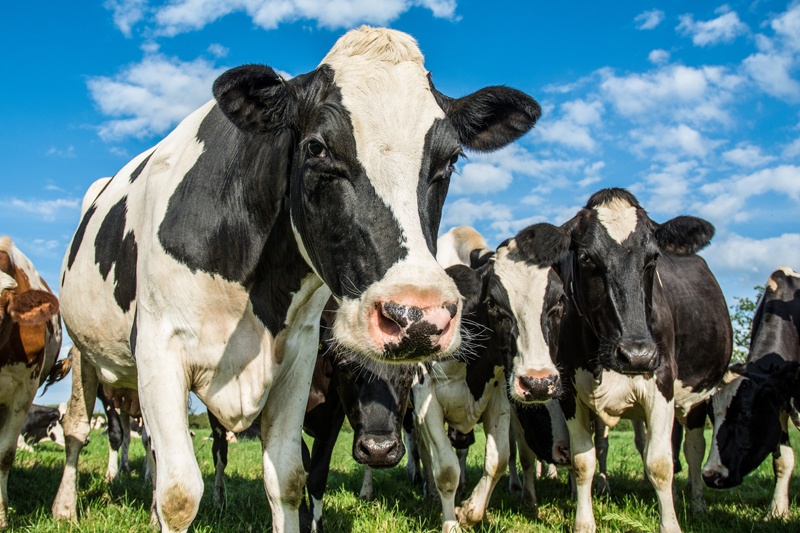
Late Lactation Feeding 2020
Autumn grass has a lower energy value (lower sugar content) compared to spring/summer grass even through it can look very leafy and green. The response to ration in terms of milk yield is better in the autumn than at any other time of the year.
Low milk lactose levels can be an indication of not enough energy in the cows diet caused by low intake of wet, low-sugar, autumn grass.
With the above mentioned in mind, We at Southern Milling are promoting our Lacto 16 Dairy Nut.
